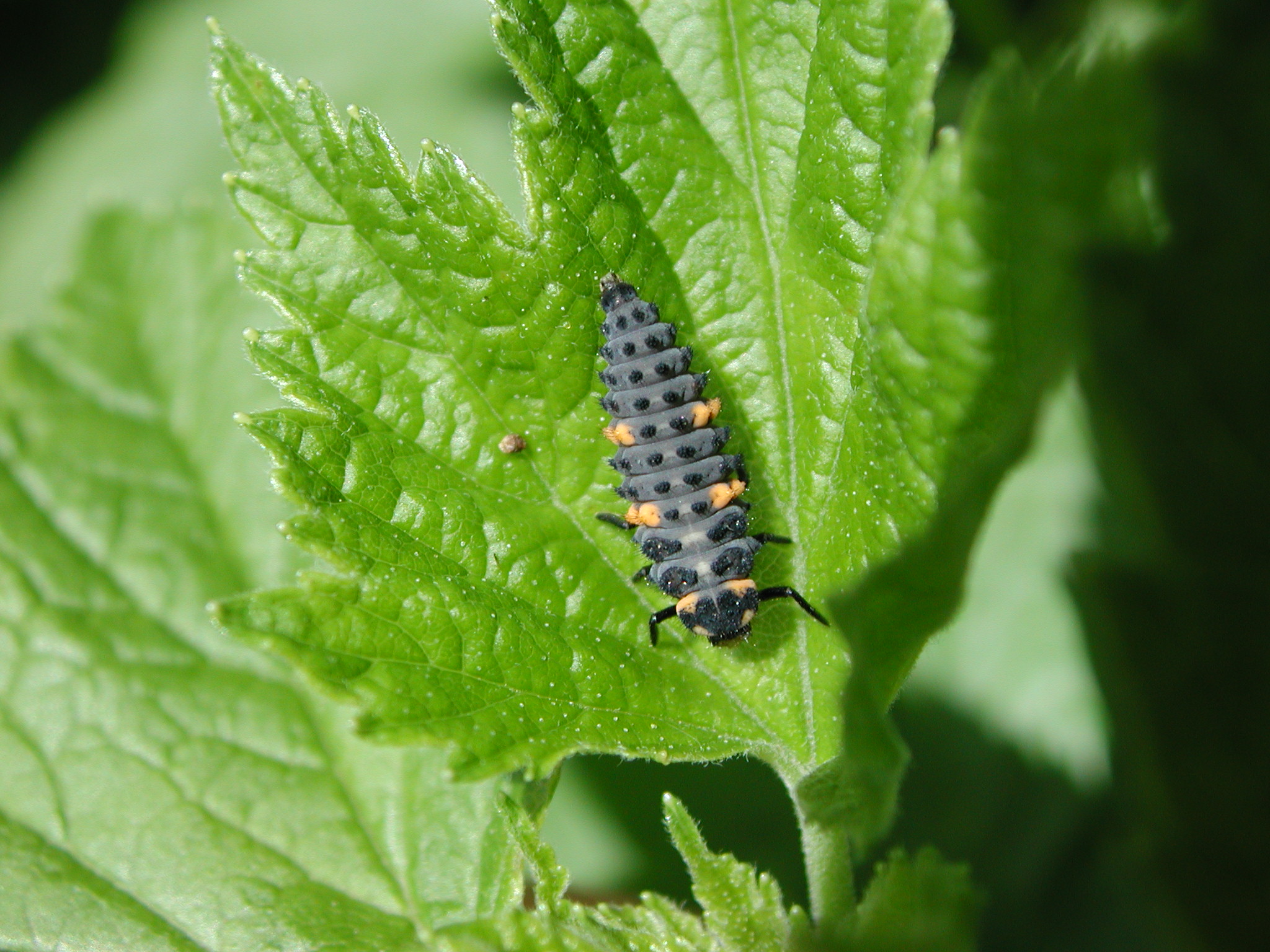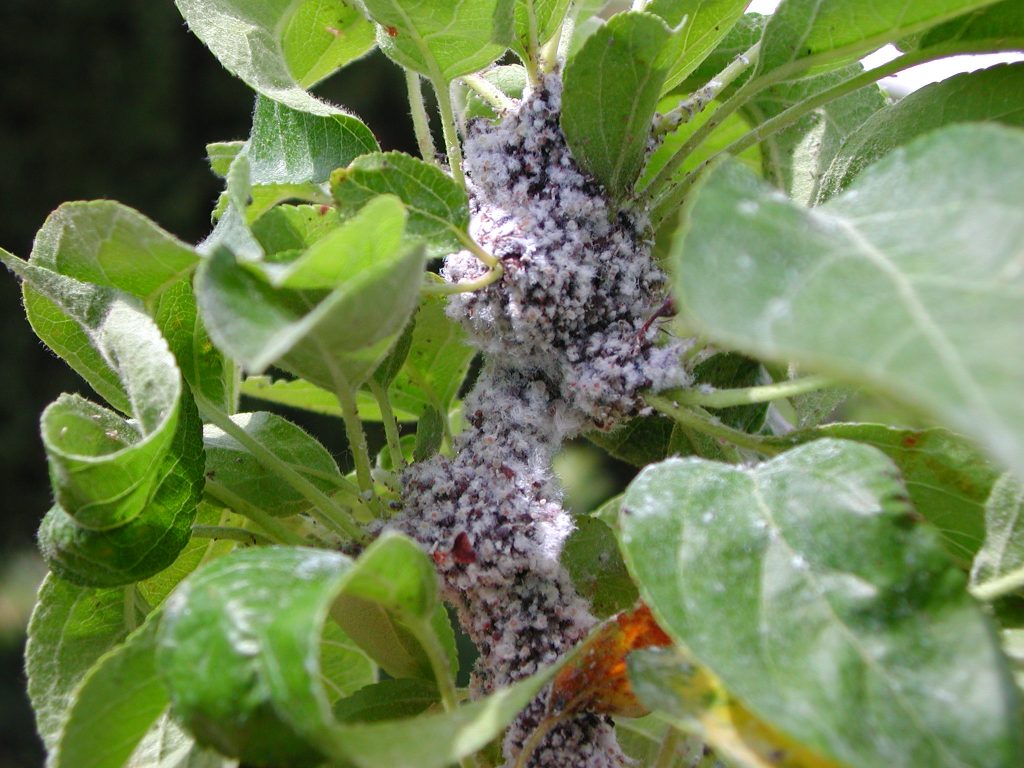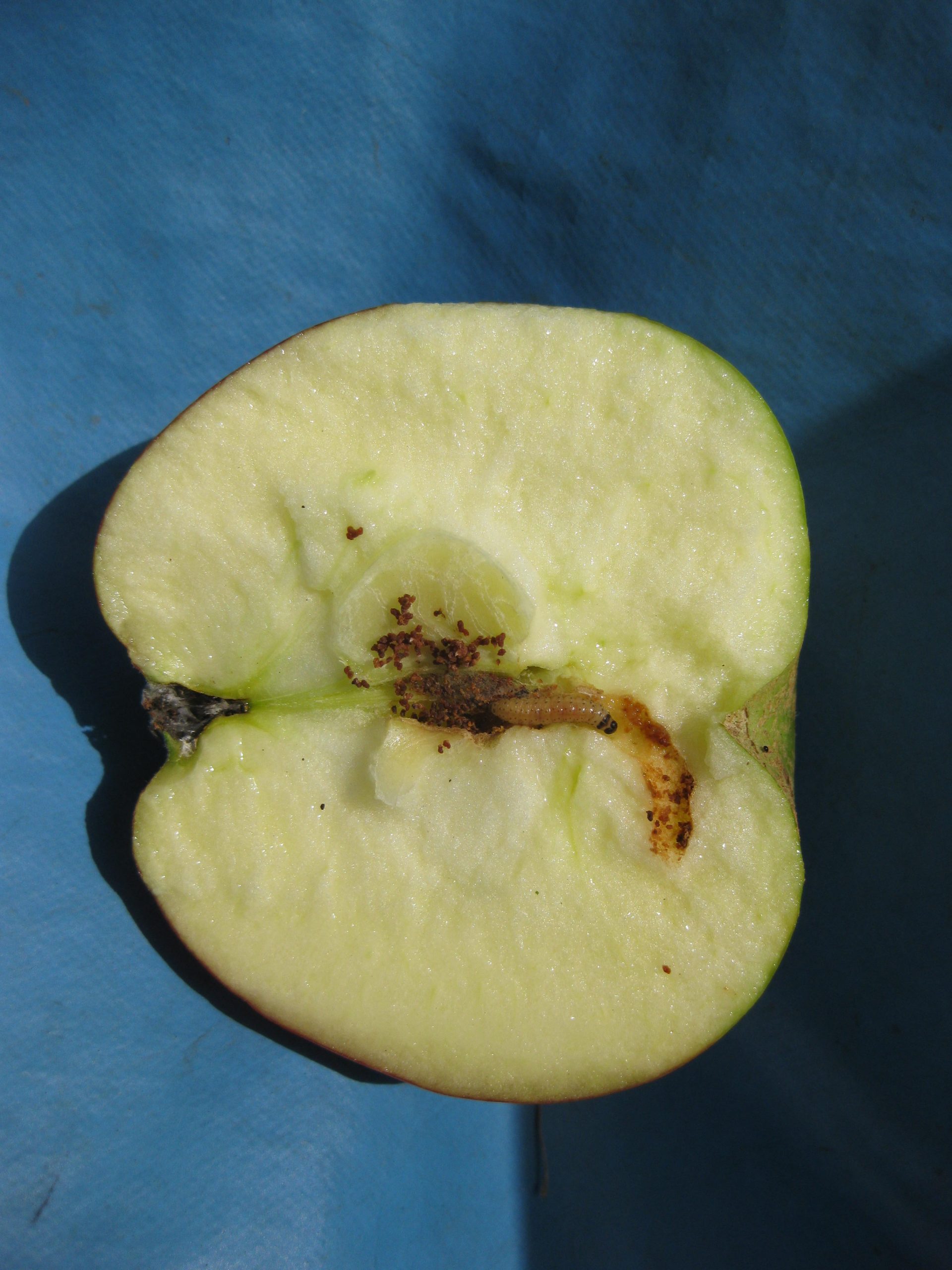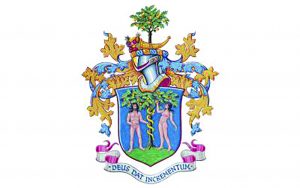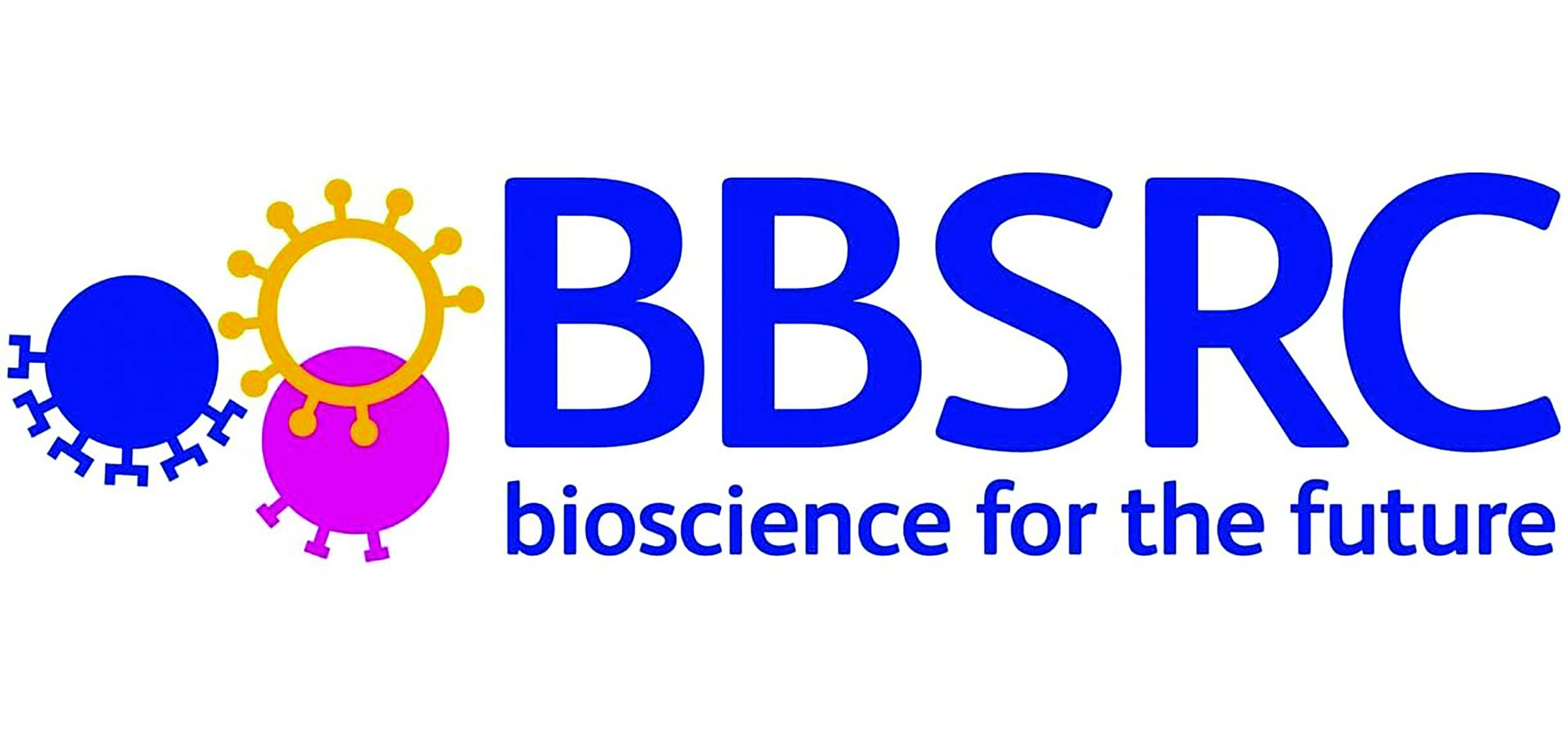What if we stopped using pesticides?
TALK LIKE A PLANT BIOLOGIST
Before reading Xiangming and Michelle’s research story, make sure you understand these key words:
Biocontrol agents – Organisms used to restrict the spread of another organism (most commonly, natural enemies used to control pests. Ladybirds will eat aphids and other insects that we consider pests, for example)
DNA sequencing – The process of discovering genetic code (DNA sequences) using scientific equipment
Microbes – Organisms that are invisible to the naked eye
Microbiome – The community of microorganisms (microbes) that exists in a particular place
Organism – Any living thing – for instance a plant, animal or microbe
Pathogen – A microorganism that causes disease
Pheromone – A chemical used for signalling between animals of the same species
Semiochemicals – A chemical produced by an individual organism that provokes a response in another. Pheromones are a sort of semiochemical produced only by animals
The Food and Agriculture Organisation (FAO) estimates that between 20 and 40 percent of global crop production is lost to pests and diseases every year. This is a huge loss, and a significant barrier to feeding an ever-growing human population. The UK’s National Institute of Agricultural Botany (NIAB) is addressing this challenge. Professor Xiangming Xu and Dr Michelle Fountain both work at NIAB East Malling, although they have very different research backgrounds. Xiangming’s career has focused on genetics and how plant diseases spread, while Michelle’s work centres on the ecology of insects that interact with crops. Both these areas of expertise, among many others, are proving vital to tackling crop pests and diseases.
Their work can be divided into these four key areas.
1) UNDERSTANDING MICROBIOMES TO IMPROVE PLANT HEALTH
Every plant or animal has its own microbiomes: communities of microbes interacting with one another, and with the organism that hosts them. Crops are no different. “Scientists have known about the roles of individual microbes on plant health for years. However, it is only recently that we have been able to profile whole microbiomes,” says Xiangming. This has been made possible through advances in DNA sequencing techniques. Scientists can now extract DNA from an environmental sample and work out the genetic codes of microbes present within the sample. These codes can be used as ‘fingerprints’ to identify the communities of microbes that live on or in a particular plant or plant tissue.
These advances have opened a lot of doors. “We need to establish whether plant diseases are associated with particular microbial communities in different parts of a plant – for instance, on the roots, the leaves or within the plant,” says Xiangming. Once researchers have uncovered these relationships, they can investigate the biological processes behind these associations, as Xiangming goes on to explain: “This can help us to design better crop management measures that influence these microbial communities. For instance, we can change growing conditions (such as through irrigation and ‘watering’) to promote a certain microbiome component. We could also add specific beneficial microbes into the soil or onto plant roots or leaves.”
A novel way of fending off fruit flies provides a great example of this. These insects are a pest of many fruits, laying eggs on the plants and feeding off the fruits’ sugars. Female flies that are developing eggs also need a source of protein, which they obtain from certain yeasts that grow on the surface of fruits. “It may be possible to manipulate this microbiome to change the community of yeast species that grow there,” says Xiangming. “By promoting species that are less attractive to fruit flies, we may deter them from laying eggs on the fruit.”
2) USING PESTS’ NATURAL ENEMIES AS BIOCONTROL AGENTS
Biological control agents (biocontrol agents for short) are organisms that naturally keep pest/pathogen species in check. These ‘natural enemies’ include predators, parasites, competitors of pests and pathogens. Ladybirds, a voracious predator of aphids, are a familiar example often welcomed by gardeners. “By adopting crop management practices that encourage natural enemies, we hope that their populations will suppress pests and diseases of crops,” says Michelle. “This reduces the need for growers to use other potentially harmful control methods, such as pesticides.”
Understanding exactly how to encourage these natural enemies is where researchers like Michelle come in. “In order to harness the benefits of biocontrol agents, we must first understand their optimum environmental conditions for survival and reproduction,” says Michelle. Temperature and humidity provide two straightforward examples of this. Optimum conditions are also affected by interactions with other species in the ecosystem, such as pests and diseases, the crop itself, and each other.
Since some pesticides can kill natural enemies just as effectively as the pests themselves, reducing their use is an important strategy for encouraging natural enemies. Other methods involve encouraging plants that support natural enemies (such as by providing nesting sites, resting, hibernation or pollinator-friendly vegetation) or altering management patterns to create climatic conditions that favour natural enemies.
Agriculture does not exist in an isolated bubble, and this is especially true when it comes to natural enemies. Any member of the public with a garden can grow flowering plants or provide nesting sites for insects and other creatures – log piles, ‘bug hotels’ and not being a super tidy gardener are all good examples. “If you do not have a garden, getting involved with local nature reserves, allotments and conservation groups will help to improve habitats for natural enemies,” says Michelle.
Reference
https://doi.org/10.33424/FUTURUM49
Ladybirds, a voracious predator of aphids, are often welcomed by gardeners. This is a picture of a ladybird larva.
Before reading Xiangming and Michelle’s research story, make sure you understand
these key words:
Biocontrol agents – Organisms used to restrict the spread of another organism (most commonly, natural enemies used to control pests. Ladybirds will eat aphids and other insects that we consider pests, for example)
DNA sequencing – The process of discovering genetic code (DNA sequences) using scientific equipment
Microbes – Organisms that are invisible to the naked eye
Microbiome – The community of microorganisms (microbes) that exists in a particular place
Organism – Any living thing – for instance a plant, animal or microbe
Pathogen – A microorganism that causes disease
Pheromone – A chemical used for signalling between animals of the same species
Semiochemicals – A chemical produced by an individual organism that provokes a response in another. Pheromones are a sort of semiochemical produced only by animals
The Food and Agriculture Organisation (FAO) estimates that between 20 and 40 percent of global crop production is lost to pests and diseases every year. This is a huge loss, and a significant barrier to feeding an ever-growing human population. The UK’s National Institute of Agricultural Botany (NIAB) is addressing this challenge. Professor Xiangming Xu and Dr Michelle Fountain both work at NIAB’s East Malling Research, although they have very different research backgrounds. Xiangming’s career has focused on genetics and how plant diseases spread, while Michelle’s work centres on the ecology of insects that interact with crops. Both these areas of expertise, among many others, are proving vital to tackling crop pests and diseases.
Their work can be divided into these four key areas.
1) UNDERSTANDING MICROBIOMES TO IMPROVE PLANT HEALTH
Every plant or animal has its own microbiomes: communities of microbes interacting with one another, and with the organism that hosts them. Crops are no different. “Scientists have known about the roles of individual microbes on plant health for years. However, it is only recently that we have been able to profile whole microbiomes,” says Xiangming. This has been made possible through advances in DNA sequencing techniques. Scientists can now extract DNA from an environmental sample and work out the genetic codes of microbes present within the sample. These codes can be used as ‘fingerprints’ to identify the communities of microbes that live on or in a particular plant or plant tissue.
These advances have opened a lot of doors. “We need to establish whether plant diseases are associated with particular microbial communities in different parts of a plant – for instance, on the roots, the leaves or within the plant,” says Xiangming. Once researchers have uncovered these relationships, they can investigate the biological processes behind these associations, as Xiangming goes on to explain: “This can help us to design better crop management measures that influence these microbial communities. For instance, we can change growing conditions (such as through irrigation and ‘watering’) to promote a certain microbiome component. We could also add specific beneficial microbes into the soil or onto plant roots or leaves.”
A novel way of fending off fruit flies provides a great example of this. These insects are a pest of many fruits, laying eggs on the plants and feeding off the fruits’ sugars. Female flies that are developing eggs also need a source of protein, which they obtain from certain yeasts that grow on the surface of fruits. “It may be possible to manipulate this microbiome to change the community of yeast species that grow there,” says Xiangming. “By promoting species that are less attractive to fruit flies, we may deter them from laying eggs on the fruit.”
2) USING PESTS’ NATURAL ENEMIES AS BIOCONTROL AGENTS
Biological control agents (biocontrol agents for short) are organisms that naturally keep pest/pathogen species in check. These ‘natural enemies’ include predators, parasites, competitors of pests and pathogens. Ladybirds, a voracious predator of aphids, are a familiar example often welcomed by gardeners. “By adopting crop management practices that encourage natural enemies, we hope that their populations will suppress pests and diseases of crops,” says Michelle. “This reduces the need for growers to use other potentially harmful control methods, such as pesticides.”
Understanding exactly how to encourage these natural enemies is where researchers like Michelle come in. “In order to harness the benefits of biocontrol agents, we must first understand their optimum environmental conditions for survival and reproduction,” says Michelle. Temperature and humidity provide two straightforward examples of this. Optimum conditions are also affected by interactions with other species in the ecosystem, such as pests and diseases, the crop itself, and each other.
Since some pesticides can kill natural enemies just as effectively as the pests themselves, reducing their use is an important strategy for encouraging natural enemies. Other methods involve encouraging plants that support natural enemies (such as by providing nesting sites, resting, hibernation or pollinator-friendly vegetation) or altering management patterns to create climatic conditions that favour natural enemies.
Agriculture does not exist in an isolated bubble, and this is especially true when it comes to natural enemies. Any member of the public with a garden can grow flowering plants or provide nesting sites for insects and other creatures – log piles, ‘bug hotels’ and not being a super tidy gardener are all good examples. “If you do not have a garden, getting involved with local nature reserves, allotments and conservation groups will help to improve habitats for natural enemies,” says Michelle.
3) USING SEMIOCHEMICALS TO TRICK PESTS
Many insect pests rely on signalling chemicals (known as semiochemicals) to find food and mates or to avoid predators. Farmers can manipulate these chemicals to send out the ‘wrong’ signals to these pests and prevent them affecting crops. For instance, pheromone traps can lure male insects to a certain point where they mistakenly believe they are finding a female; instead they meet a sticky end. In a similar vein, flooding female attractant (sex) pheromones through the whole field can make it impossible for males to pinpoint where the females are, so preventing reproduction. Farmers can also apply ‘insect alarm pheromones’ to crops – chemicals usually used by pests to signal danger, provoking a hasty retreat.
“Because these chemicals are naturally produced at very low concentrations by the insects themselves, and are often species specific, they have fewer negative impacts than pesticides,” says Michelle. Rather than applications of insecticides that may harm non-target insect species in the crop, semiochemicals only target the pest species at key times in their reproductive cycle and are only needed in small amounts.
Michelle has worked on a trap that captures two pest species simultaneously by using two different semiochemicals. The first is an aggregation pheromone, normally produced by male strawberry blossom weevils to gather other weevils for mating. The second is a sex pheromone, normally produced by female European tarnished plant bugs to attract males. By attaching an attractant lure to traps, both strawberry pest species are captured. Unlike the application of some insecticides, the impact on other species is minimal.
4) CREATING THE FUTURE WITH PRECISION TECHNOLOGY
Mathematical models might seem a world away from fields and orchards, but in fact they are revolutionising the way that crops are grown. “By understanding the relationships between pests, pathogens and environmental conditions, we can develop mathematical models to predict how factors such as weather will influence the severity of pests and pathogen in a crop” says Xiangming. Natural enemies can be included in these models, too.
The more factors included in these models, the more sophisticated they become, as Xiangming explains: “We can use remote sensing techniques to measure the spread of pests or diseases in a crop in real time, and use this information to make better decisions, such as precisely adjusting the dose of biocontrol products,” says Xiangming. This ‘precision dosing’ means that no more product is used than is necessary, reducing costs for farmers and minimising any negative outcomes of biocontrol use.
Precision technologies are becoming increasingly important throughout agriculture. One up-and coming spraying system involves real time monitoring of pests and diseases throughout an orchard via remote sensing; only those areas with pests and pathogens detected will be treated when absolutely necessary. This means overall pesticide use is dramatically reduced, which is good news for biodiversity (including natural enemies) and reducing airborne or waterborne pesticide drift into the wider environment.
In some cases, there could be the potential to eventually eliminate pesticide use entirely. “By being able to detect pests and pathogens early, and predict their development more accurately, we can use prevention methods (such as biocontrol) to stop them significantly damaging crops,” says Xiangming. Combining a deep ecological understanding with the technological means to act on findings is becoming ever-more feasible. The future could be bright for the way we grow our food.
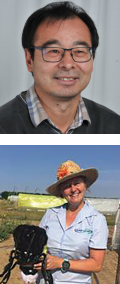 PROF XIANGMING XU AND DR MICHELLE FOUNTAIN
PROF XIANGMING XU AND DR MICHELLE FOUNTAIN
Plant Biologists, NIAB EMR, UK
FIELD OF RESEARCH: Plant Diseases and Pests
RESEARCH PROJECT: Xiangming currently works on microbial ecology, how plant diseases spread, and strategies for sustainable disease management. Michelle’s current work investigates how to minimise pesticide use in fruit crops by promoting biocontrol agents and techniques to improve pollination.
FUNDERS: UK Research and Innovation, Agriculture and Horticulture Development Board, Industry and the EU
 PROF XIANGMING XU AND DR MICHELLE FOUNTAIN
PROF XIANGMING XU AND DR MICHELLE FOUNTAIN
Plant Biologists, NIAB EMR, UK
FIELD OF RESEARCH: Plant Diseases and Pests
RESEARCH PROJECT: Xiangming currently works on microbial ecology, how plant diseases spread, and strategies for sustainable disease management. Michelle’s current work investigates how to minimise pesticide use in fruit crops by promoting biocontrol agents and techniques to improve pollination.
FUNDERS: UK Research and Innovation, Agriculture and Horticulture Development Board, Industry and the EU
HOW DID PROF XIANGMING XU AND DR MICHELLE FOUNTAIN BECOME PLANT BIOLOGISTS?
DID YOU KNOW WHAT CAREER YOU WANTED WHEN YOU WERE YOUNGER?
XX: I have always wanted to be a mathematician. Since my undergraduate degree, I have been trying my best to apply maths and statistics to whatever subject I am investigating.
MF: Originally, I wanted to be a vet, but then I became fascinated by animals with more than four legs. That’s why I switched to entomology and arachnology.
WHAT SUBJECTS DID YOU TAKE AT UNIVERSITY?
XX: My undergraduate degree was in agronomy (study of crops and soils). My PhD was in quantitative genetics and plant breeding.
MF: I studied zoology for my undergraduate degree, and my PhD focused on ecology.
WHAT INSPIRED YOU TO STUDY PLANT DISEASES AND PESTS?
XX: I became very interested in the practical applications behind modelling disease population dynamics.
MF: A university lecturer initially inspired my interest in entomology, and a different lecturer, who I assisted teaching, got me interested in spiders too. Initially, I worked on how contaminated land affects soil invertebrates, and then I applied for the position of fruit entomologist.
WOULD YOU ENCOURAGE YOUNG PEOPLE TO STUDY PLANT BIOLOGY AND ENTOMOLOGY?
XX: Definitely. A high proportion of agricultural produce is lost due to problems with pests and pathogens. To meet the demands of an ever-increasing global population while facing diminishing food security (especially due to climate change), we need to increase agricultural efficiency. Crop protection is vitally important in addressing this challenge.
MF: Entomology is a fascinating subject and the possibilities are endless. Research can take you from the molecular to the whole organism level and beyond. I never work on the same subject for more than a couple of years, and there are always new pests trying to exploit fruit crops, so it never gets boring. Entomologists involved in food protection will be needed far into the future, to ensure we can provide nutritious food whilst protecting the environment and biodiversity.
• It can be helpful to volunteer with a relevant organisation to get the skills you need and find out whether a career in plant biology is really for you. Try the Royal Horticultural Society, Field Studies Council, Wildlife Trust or Butterfly Conservation, for example.
• The Royal Society of Biology lists a range of options available for secondary school pupils and university students to find out more about a career in plant biology. To get started, take a look at their careers page.
• According to the National Careers Service UK, experienced plant biologists can earn up to £55,000.
PATHWAY FROM SCHOOL TO PLANT BIOLOGIST
4-5 GCSEs at grades 9 to 4 (A* to C), or equivalent, including English, maths and science
2-3 A-levels, or equivalent (including biology)
A degree in botany, microbiology, ecology, environmental science, plant biology, plant science, zoology
https://nationalcareers.service.gov.uk/job-profiles/botanist
XIANGMING AND MICHELLE’S TOP TIPS
1 Prof Xiangming Xu – Studying biology is not the only route to contributing to crop protection. Input is needed from a diverse range of disciplines, including zoology, mathematics, statistics and information technology, to name a few. It is most important to have a curious and scientific mind, and an understanding that securing food production is a serious challenge.
2 Dr Michelle Fountain – Get some work experience with organisations ranging from science to industry to farms. Read widely about these global issues, and – very importantly – get hands-on. Investigate what insects and spiders inhabit fruit trees in allotments by shaking branches over a white tray. Keys and handbooks can help you identify them, and you could even run your own experiments to see how they interact with other invertebrates.



